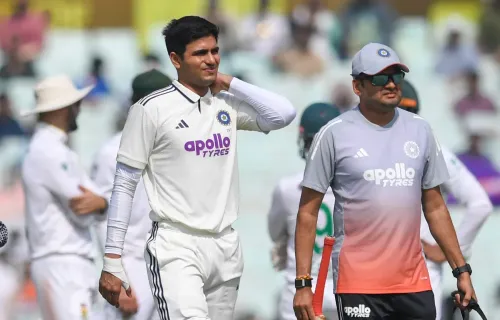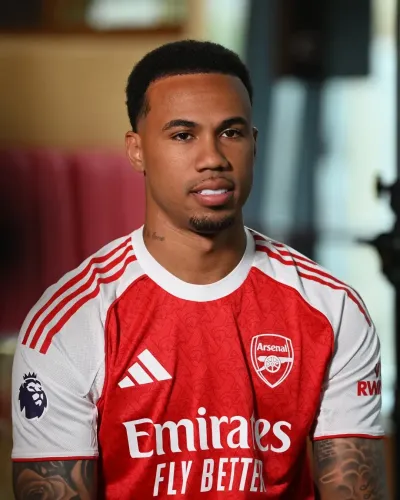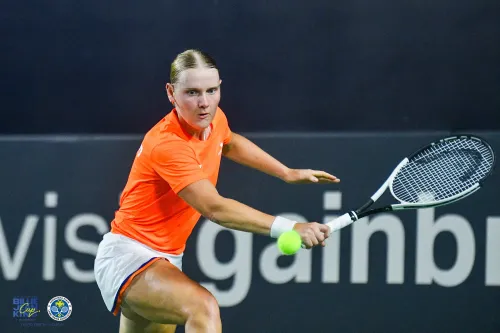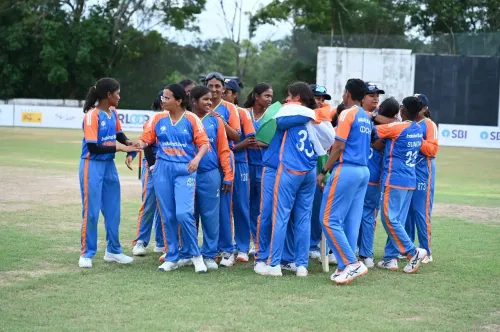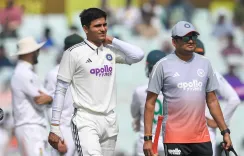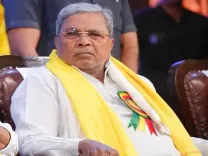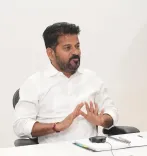Can England Harness Early Momentum to Become a Dangerous Force?
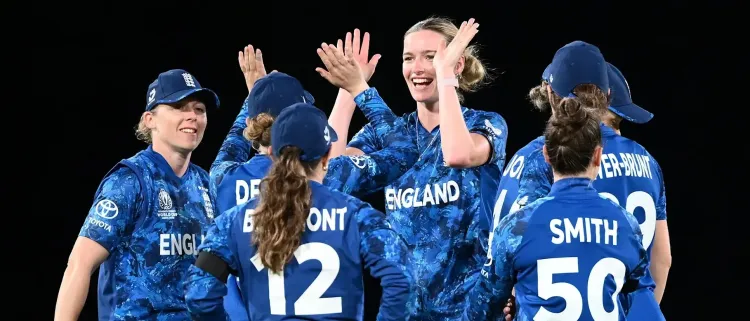
Synopsis
Key Takeaways
- England's journey in white-ball cricket has been tumultuous.
- Major changes in the coaching staff aim to rejuvenate the team.
- Gaining early momentum is crucial for confidence.
- Nat Sciver-Brunt and Heather Knight are key players for England's success.
- England's spin department lacks a prominent leg spinner but has strong options.
New Delhi, Oct 1 (NationPress) England's journey in white-ball cricket has been tumultuous. After a disappointing group-stage exit at the T20 World Cup and a brief surge in South Africa, a harsh 16-0 Ashes defeat in Australia forced a significant overhaul. The changes came swiftly: Jon Lewis and Heather Knight were replaced by Charlotte Edwards and Nat Sciver-Brunt.
A commanding series win against the West Indies was followed by setbacks in white-ball matches against India. As England approaches the 2025 Women’s World Cup, the partnership of Charlotte and Nat faces its inaugural challenge and an opportunity to reshape a struggling narrative.
Mark Robinson, who led England to a historic 2017 Women’s ODI World Cup victory on home soil, engaged in an exclusive discussion with IANS about the side's prospects, Kate Cross's exclusion, the Charlotte-Nat synergy, Heather's return, and more. Here are some highlights:
Q. How do you evaluate England’s squad and do you believe this could be their most competitive World Cup?
A. It's quite possible. From an Indian perspective, this is the first time India enters the tournament with significant and realistic aspirations, reflecting their progress over the past few years, positioning them as potential favorites.
Historically, New Zealand, England, and Australia have dominated World Cups, but with India's rise and New Zealand's decline, we now see the emergence of a 'big three' consisting of England, Australia, and India. This shift adds an exciting dynamic, especially with India hosting the World Cup.
From an English standpoint, they have faced challenges and lost some confidence. Gaining early momentum and believing in their abilities, especially in the field, will be crucial. If they achieve that, they can become a significantly threatening opponent.
Q. Were you surprised by Kate Cross's omission from the World Cup squad?
A. Not particularly. Despite her popularity and following in India, she is a talented bowler who had a solid summer, though she faced some injuries. From a head coach's viewpoint, she's the kind of character you want in your squad due to her leadership and experience.
However, England opted to balance their team by selecting an additional spinner instead of an extra seam bowler, leading to tough decisions. Charlotte Edwards has demonstrated courage in excluding a favored player like Kate Cross, a decision that will be scrutinized, but she has a unique perspective on the players she sees daily.
Q. What are your thoughts on Nat Sciver-Brunt's leadership and her potential impact with the ball?
A. Nat's fitness will be vital. If she can't bowl, they may genuinely miss Kate Cross. However, they have a promising young bowler, Em Arnott, who offers batting depth and is an excellent fielder. England needs Nat to bowl effectively, as she has performed in past World Cups, and her ability to swing the ball is critical for their balance.
Her performance could justify Kate's exclusion, as they rely on Nat’s capabilities.
Q. Heather Knight's return in warm-up matches was a significant boost for England. How crucial will her role be in stabilizing England's innings?
A. Heather's experience and competitive spirit will be crucial. She is an excellent player and can complement Nat and Tammy Beaumont at the top of the order. Nat is arguably the best middle-order batter globally, making Heather a solid anchor for the team, enabling them to build a strong innings.
Q. How challenging has it been for Charlotte to prepare for the World Cup since taking over in April?
A. She has had the summer to prepare, but it may take time to evaluate her impact. The team has suffered confidence issues following the Ashes defeat. Although they secured a win against a struggling West Indies team, they faced challenges against a revitalized Indian squad.
Charlotte has proven her capabilities in domestic cricket and deserves this chance with England. As an insightful individual with a good cricketing mind, patience is necessary for her to settle into her role.
England should at least reach the semifinals, possibly the finals, depending on the matchups. If they can avoid India or Australia in the semifinals, they stand a good chance, as these three teams are currently the strongest in the competition.
South Africa possesses dangerous players but will struggle against the top three. The eventual champions will likely emerge from England, Australia, or India, while South Africa may reach the semifinals.
Q. Are you satisfied with the depth and diversity in England’s spin department?
A. They lack a prominent leg spinner, which they need compared to Australia and New Zealand. Sarah Glenn is effective in her role, but a high-quality leg spinner can significantly alter a game. However, they do have a strong off-spinner in Charlie Dean and an exceptional finger spinner in Sophie Ecclestone, providing them with solid options.
England seems to be banking on spin as their primary weapon, anticipating that the wickets will wear down as the tournament progresses. They trust their spinners to lead them to victory.
Q. Considering the unpredictable nature of pitches and venues, what would be the ideal team balance for England?
A. If Nat can bowl, it would allow for a deeper batting order. Historically, they have faced issues with a fragile lower order. Having players like Anya Shrubsole and Katherine Sciver-Brunt helped in the past. If Nat can bowl, it would enable them to play an extra batter, increasing their depth.
Coaches must create adaptable squads that can thrive under varying conditions, drawing from experiences in India and Sri Lanka, where conditions can fluctuate dramatically.
Q. What are your hopes for the legacy of this World Cup in promoting women's cricket globally?
A. Globally, exposure is increasing, and boards are investing more. However, there is a risk that India, Australia, and England, with their additional resources, may pull away from other teams, leading to a decline elsewhere.
South Africa is making strides to keep pace and has quality players. My concern is that the top three teams will continue to strengthen while others lag behind. However, the visibility of women’s sports is at an all-time high, showcased by England's recent successes in rugby and football.
We hope the England cricket team can achieve a hat-trick of victories. This moment is pivotal for women's sports worldwide, providing young girls the chance to aspire to greatness. With India hosting the World Cup, the timing is perfect for them to emerge as a leading force in women's cricket.
For the Indian cricket team, managing expectations will be critical. They must gain momentum, as the crowd can be an immense source of support but can also induce pressure. It will be intriguing to observe how they navigate this challenge.

